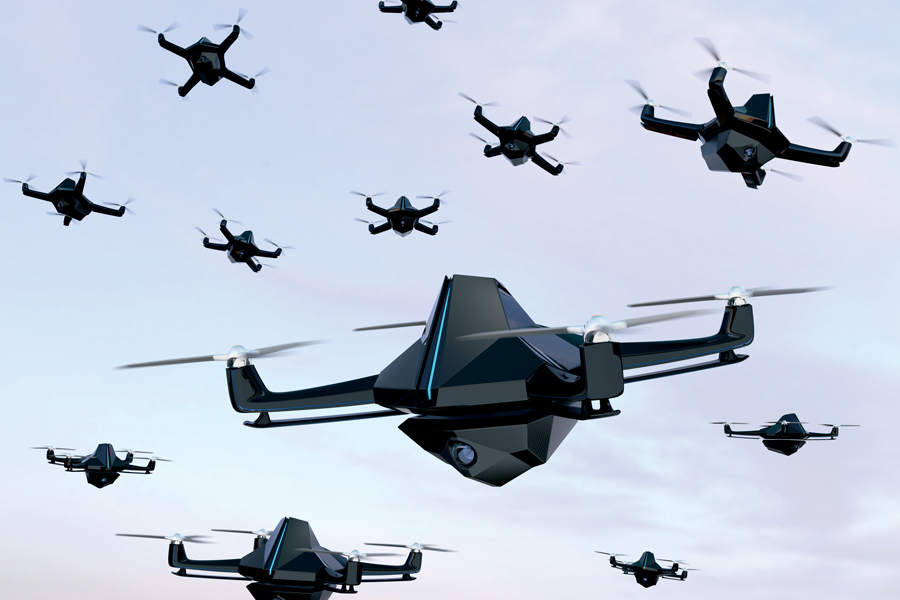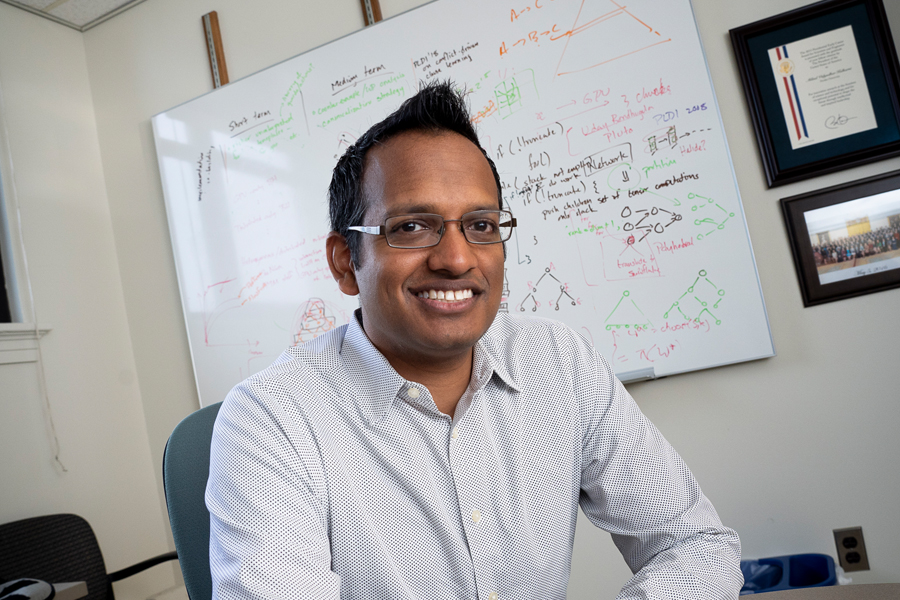Amazon’s Alexa. Google’s Nest. Facebook feeds. Smartphones. The principles of artificial intelligence are seamlessly woven into our daily lives, but we have only scratched the tip of the iceberg.
What if the game-changing technology could be leveraged in a much broader range of applications that could vary from personal assistants to swarms of drones? This is the essential premise that forms the foundation for the Center for Brain-Inspired Computing (C-BRIC), a five-year project supported by $31 million in funding from the Semiconductor Research Corporation’s JUMP program. This program is supported by both industry powerhouses, such as IBM and Intel, as well as U.S. federal funding through DARPA.





